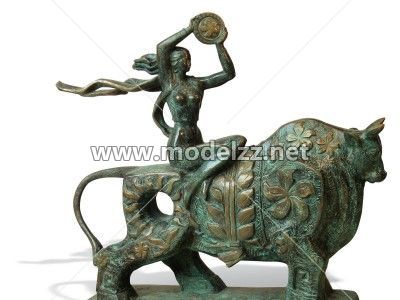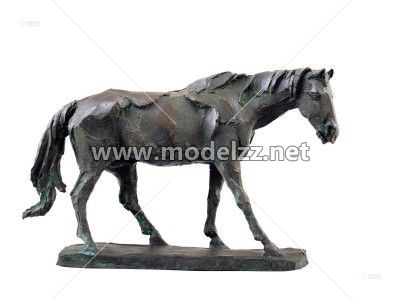The patina sculpture surface copper, Bronze, Brass or copper thermal coloring, also known as patina color, is modeled after an antique. That is to use chemical, electrolytic, physical, mechanical, and heat treatment methods. A film, coating, or coating that produces a variety of colors for the sculpture surface. Among all kinds of ways, the most commonly used are chemical coloring, dyeing, and heat treatment coloring for bronze sculpture. Here we share how Patina surface for copper sculpture?

In order to ensure that the copper(Bronze/Brass ) Decorative Statue surface can form a uniform color, good combination, and strong corrosion-resistance coloring layer. Before that, the surface of the copper(Bronze/Brass ) sculpture must be pre-treated with oil removal, erosion and rust removal and so on. There are a variety of oil removal methods, which generally can be selected according to the appropriate conditions and the size of the copper sculpture.

The copper Outdoor Sculptures thermal coloring process is different from physical spraying coloring, coloring after the color. Looks like the inside of the copper sculpture, is rich, natural, thick, and firm, in order to achieve the color uniform and natural, this process has very strict requirements on the temperature. Bronze sculpture’s high-temperature coloring technology has brought a great revolution to the field of copper sculpture. The bronze thermal coloring process is different from physical spray coloring. The finished color of the sculpture looks like it’s coming through the inside of the bronze sculpture. Different colors have different requirements for temperature. If it is too low, it will not reach the ideal color standard. If it is too high, it will burn the surface color.
In conclusion, a fine patina city Sculpture coloring formula can withstand the test of time. For example, cultural relics unearthed for thousands of years. The color is still distinct, though not so bright and colorful. But it will not fade for a long time.

